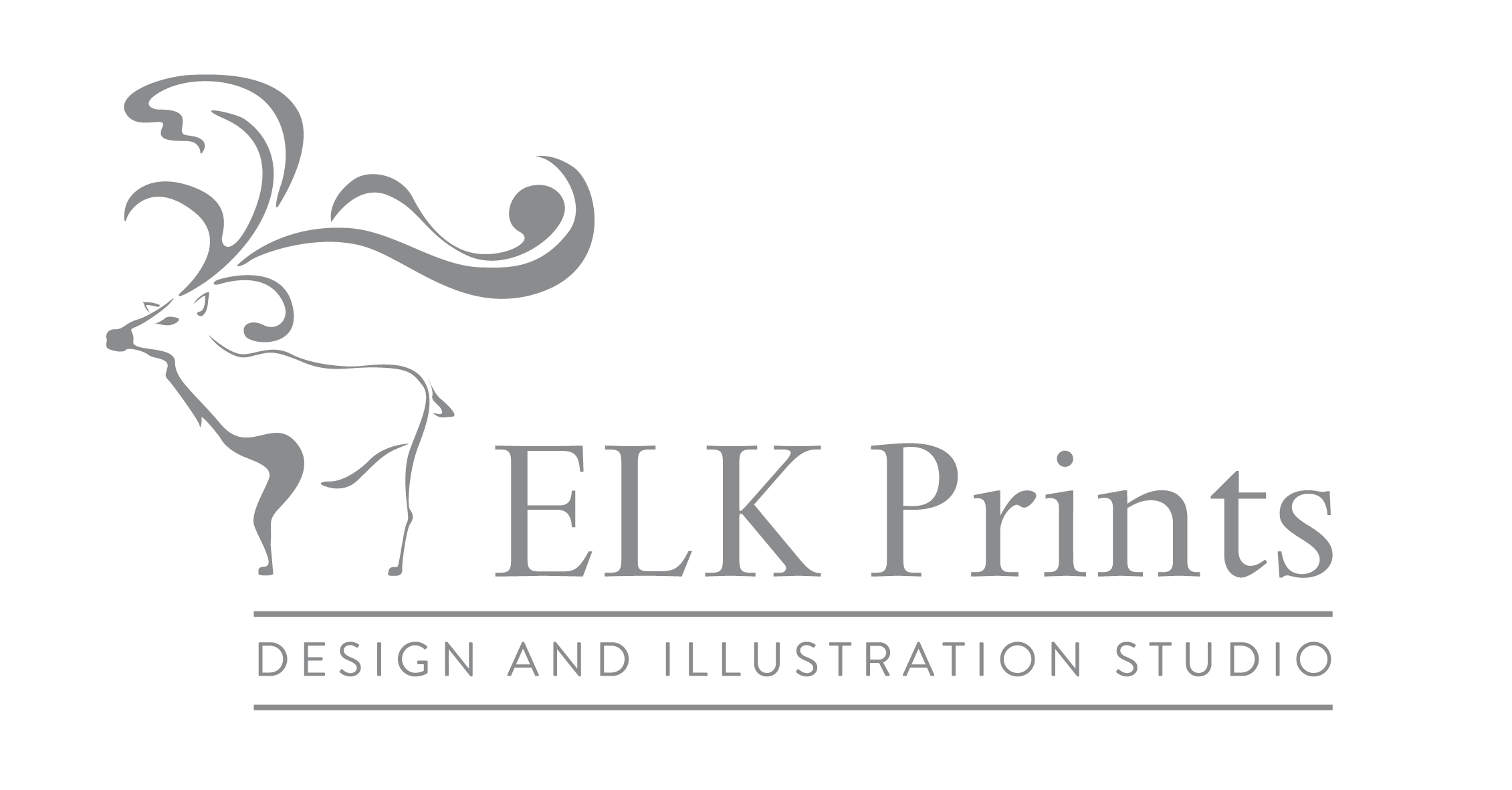1.1 Methodology

“When studying the modern city, we confront problems of language as well as of methodology, for language inevitably conditions our responses to the city. Our perceptions of the urban landscape are inseparable from the words we use to describe them and from the activities of reading, naming, and metaphorising that make all our formulations possible.” (Sharpe and Wallock 1987; p.1)
As experience is relatively elusive it is not something that can be pinpointed down to a specific formula, instead it requires a methodology that enables this phenomena to be explored. Narrative Inquiry emerged as the most suitable method by which this encounter can be explored, as it allows for an examination of the city on a personal subjective level whilst maintaining validity.1 Clandinin and Connelly examine the role Narrative Inquiry plays in Qualitative Research and the benefits that it can bring to a study (Clandinin and Connelly 2000). A significant point they raise is that everything we are involved with tends to have a human element to it and life is always necessarily recounted and understood as a story. Polkinghorne also explores narrative and its importance in pinpointing and recounting how human experience is conveyed (Polkinghorne 1988). Narrative is a natural means by which humans comprehend their surroundings and life.2 The way memory works and functions is akin to narrative, events fall into a sequence. We naturally think in these narrative structures rather than in statistics, and whilst statistics and quantifiable methods have their place in determining a common experience this allows no space for the real personal involvement to emerge.
Narrative Inquiry is an effective methodology by which we can uncover people’s real experiences and how they engage with their surroundings and provides a key to approaching design inspired by the city. Through it we may uncover some of the suggestions, prospects, propositions and imagined spaces that Sydney offers. When designing objects based on the city such narratives need to be considered. There are far too many possible narratives to create some quantifiable answer as to how to best represent the city. However even a single narrative and experience may contain within it a number of profitable threads for understanding the city and creating a richer representation of that understanding. Narrative Inquiry and Ekphrasis will also be proposed later on as tools for the designer to consider as part of their approach to representing the city.
This study has emerged as a journey through the ideas that a city presents to us, reflecting upon each, the ideas of a city form a thread that twists and turns but also interconnects aspects together. The Narrative Inquiry presented here is that of descriptive narrative research3 looking at what typifies a city as well as a reflection on what makes Sydney distinctive.
This study is an initial investigation into the experience of being within the city and how that experience may be conveyed and represented within design. The scope that Narrative Inquiry possesses can also stretch much wider than this angle of research and other different forms of Narrative Inquiry would strengthen a wider study. Designers of all fields are also invited to examine this initial research and consider ways in which they might incorporate a deeper understanding of the city into their own design practice, particularly in regards to those working to create representations of Sydney that are marketed to tourists or those outside of Sydney.
1. “For us, narrative is the best way of representing and understanding experience. Experience is what we study, and we study it narratively because narrative thinking is a key form of experience and a key way of writing and thinking about it.” Clandinin, D. J. and F. M. Connelly (2000). Narrative Inquiry - Experience and Story in Qualitative Research. p.18
2. “People ordinarily explain their own actions of others by means of a plot. In the narrative schema for organising information, an event is understood to have been explained when its role and significance in relation to a human project is identified.” Polkinghorne, D. E. (1988). Narrative Knowing and the Human Sciences. p.21
3. “The purpose of descriptive narrative research is to produce an accurate description of the interpretive narrative accounts individuals or groups use to make sequences of events in their lives or organisations meaningful. This research produces a document describing the narratives held in or below awareness that make up the interpretive schemes a people or community uses to establish the significance of past events and to anticipate the consequences of possible future actions. The research does not construct a new narrative; it merely reports already existing ones.” Polkinghorne, D. E. (1988). Narrative Knowing and the Human Sciences. p.161-162
